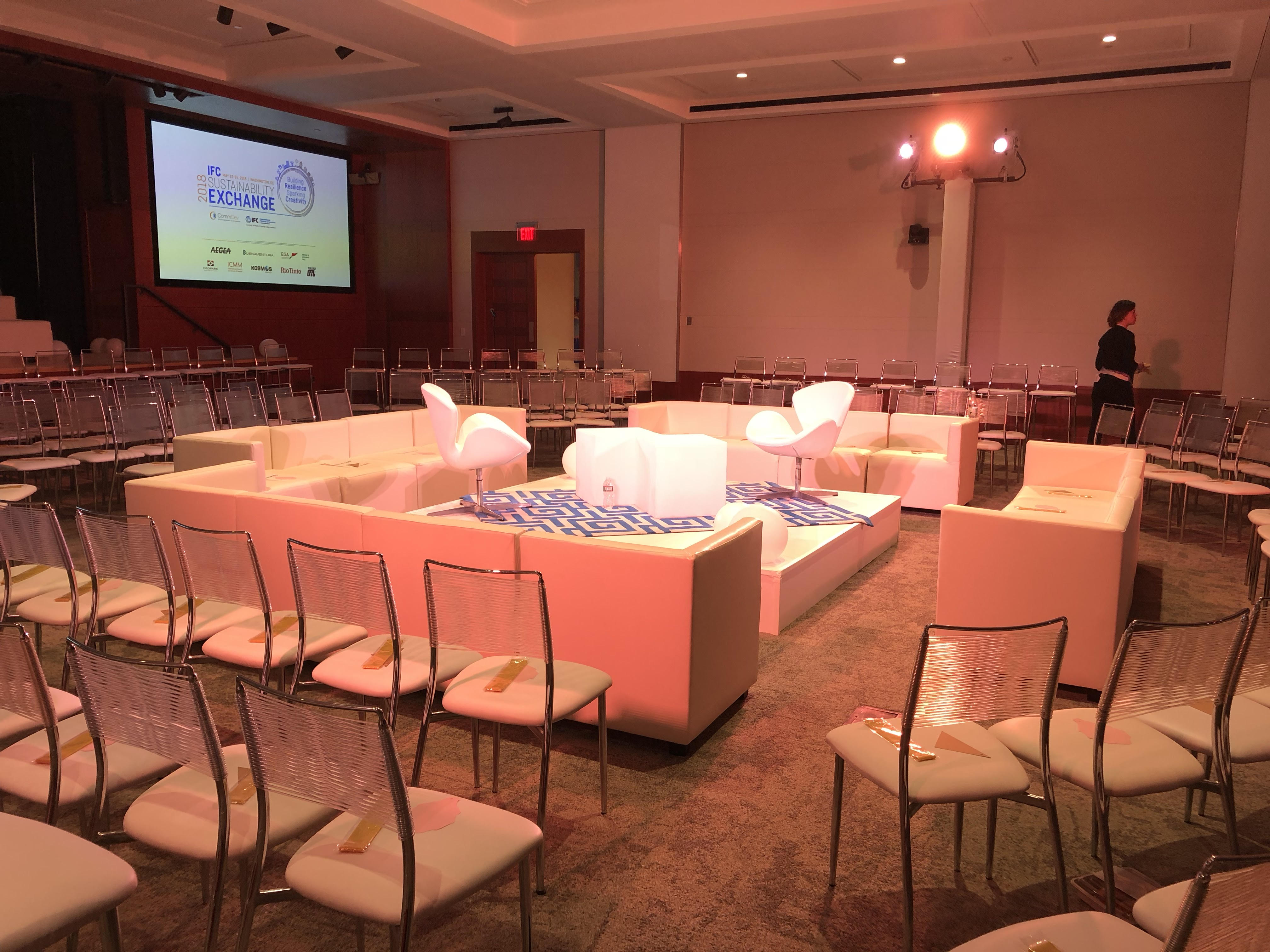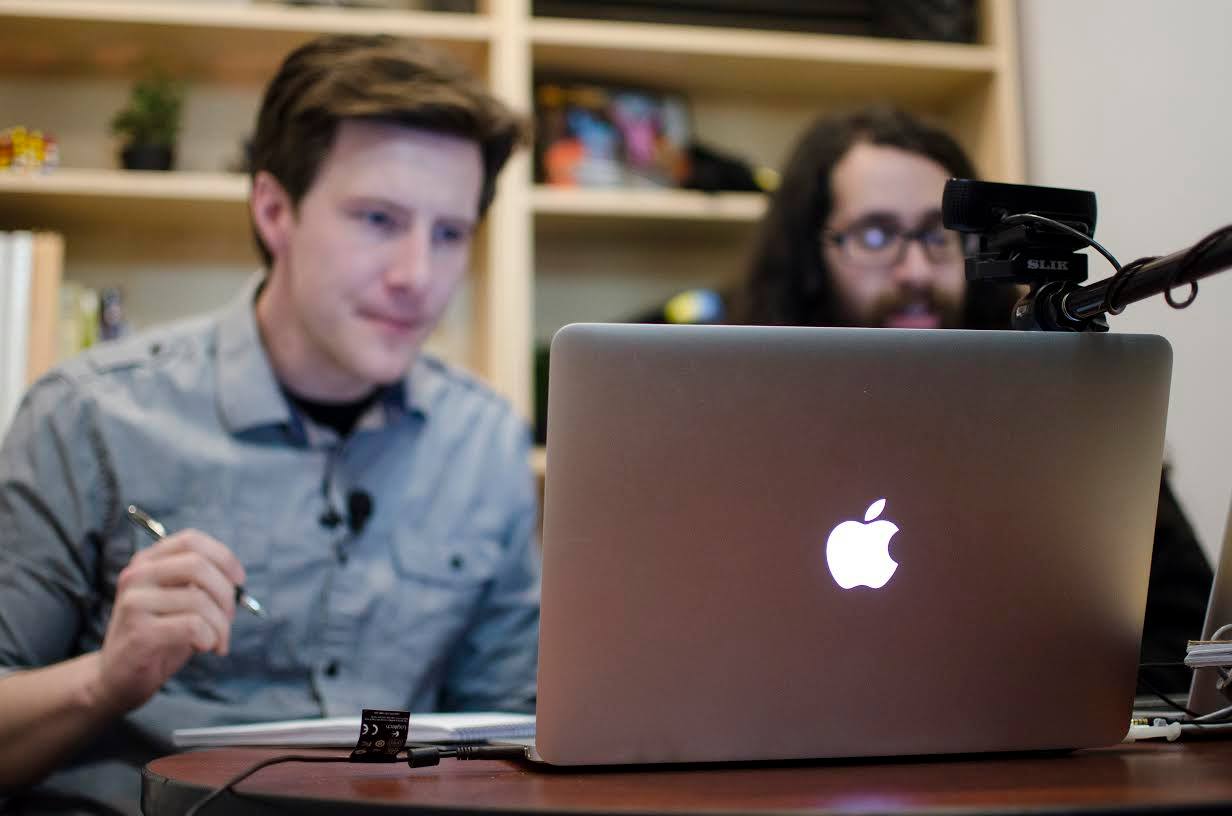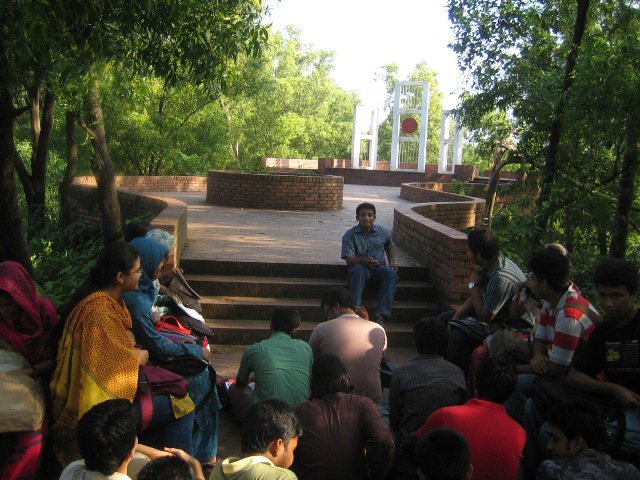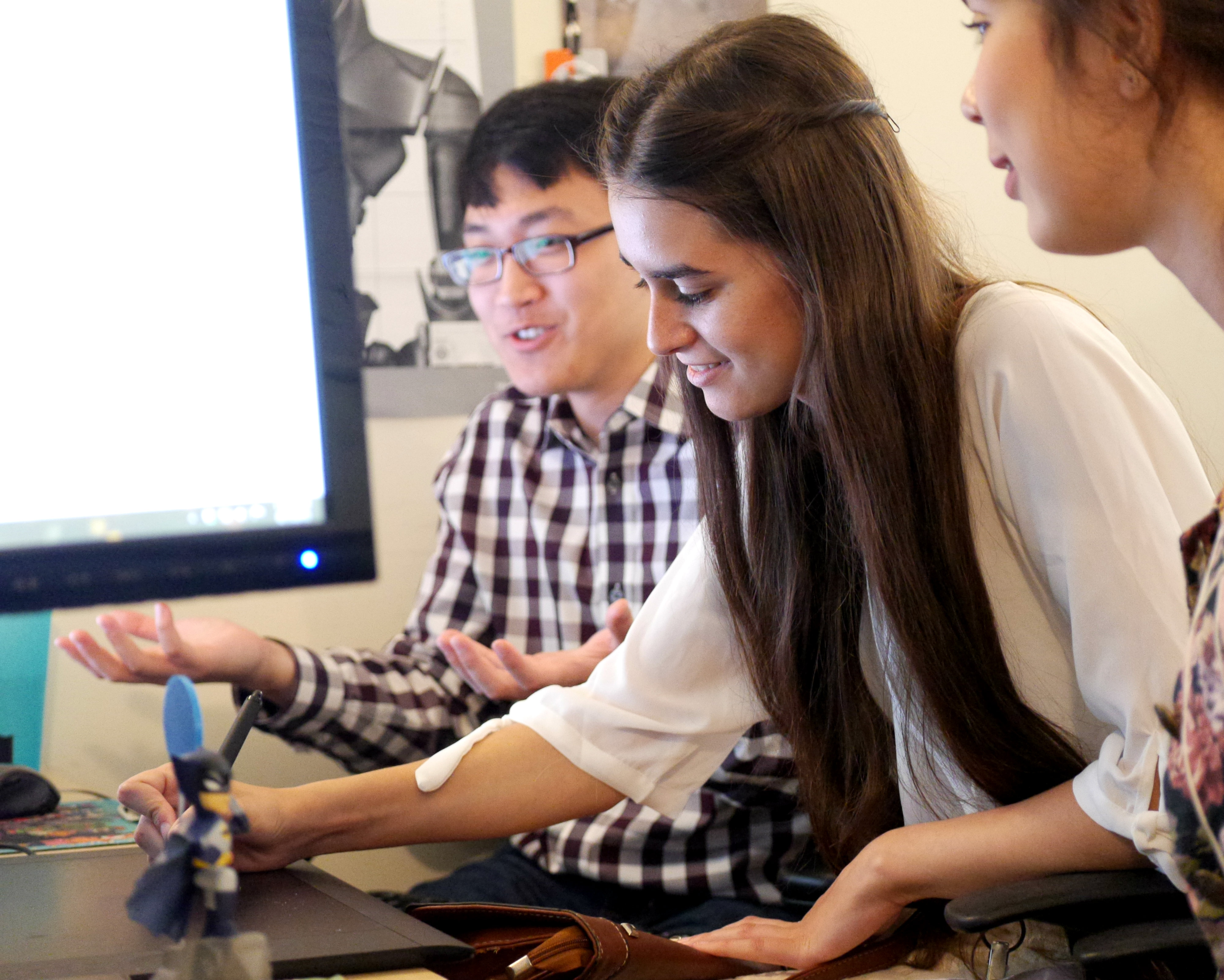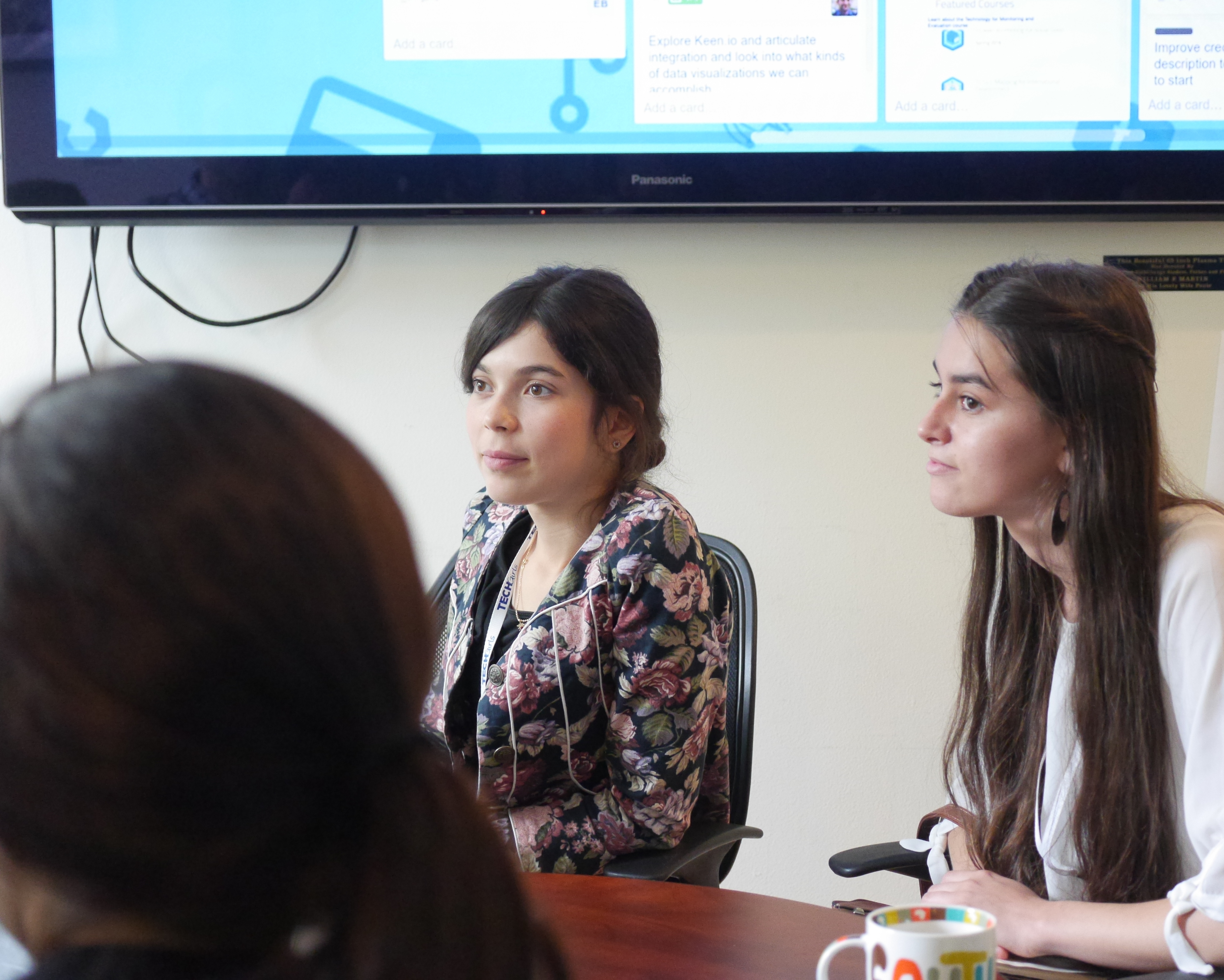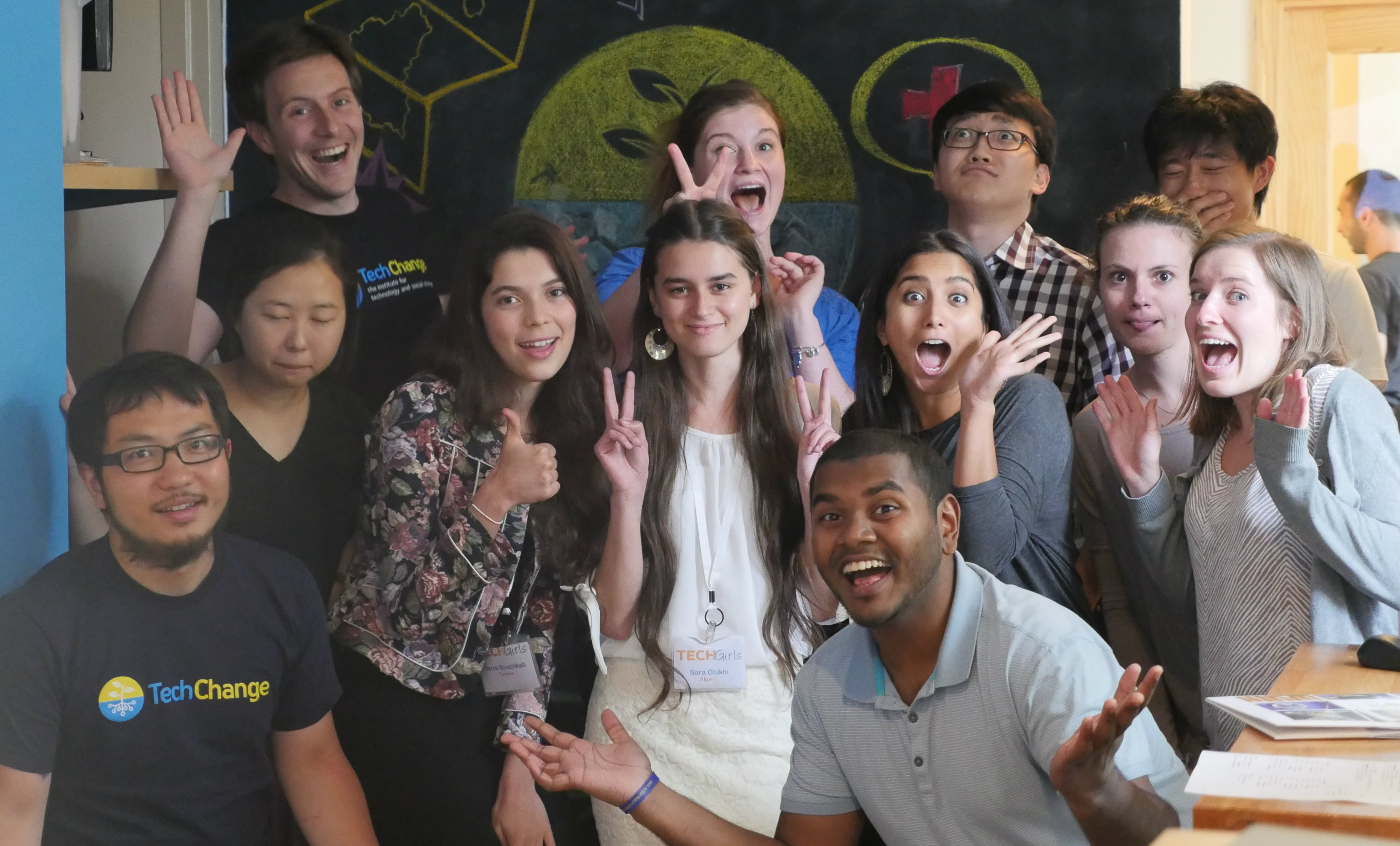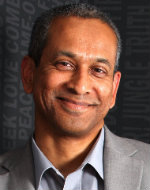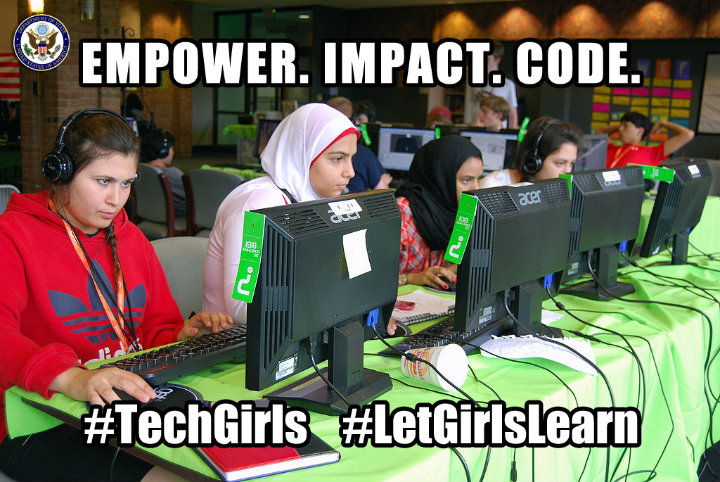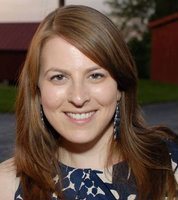What are the most exciting examples of AI for Education Training and Learning, particularly for adult learning and global development?
Here are the 6 things I’m most excited about (some which we’re already doing on the AI front at TechChange)
1. Powering captioning and translation services: Translating training and learning materials has been a huge challenge for TechChange over the past decade. I see huge potential in the global development sector for AI technology to reduce cost and time needed to translate and caption content for our cohort based learning experiences. Live captioning for our events has also been something we’ve worked hard on through partnerships and the AI for live captioning continues to improve. And lastly our multilingual learning and events platform is already available in dozens of languages but AI tech has opened up the possibility for hundreds more less spoken languages to more efficiently be used in our stack.
2. Creating more opportunities for accessibility. The AI accessibility revolution is upon us. We are big on inclusion at TechChange from making our courses 508 compliant to providing sign language service options for our partners for virtual and hybrid conferences. AI tech will allow us to provide more inclusive spaces for those who need it.
3. Generating virtual environments and scenarios for simulation-based learning: Simulations are a powerful way to build skills and demonstrate learning. I see huge potential for AI to power the building of complex scenarios and environments quickly and efficiently, especially when paired with VR/AR. At TechChange we have designed many 3D virtual environments for events and conferences and are excited to be piloting some immersive training projects with several partners this year. Get in touch if you are interested in working with us on this.
4. Recommendation and matching engines: At TechChange we believe that building relationships is as important as building skills. We are social creatures and we learn better with other people. That’s why we’re excited to experiment in the coming months with engines and tools that help facilitate networking connections and personalized learning experiences for our learning cohorts.
5. Summary generation: ChatGPT and other tools are great for generating content but I am really excited about summary generation. We have been capturing summaries for meetings, summaries for trainings, summaries for conferences, etc. – Both text based and video based – that can be easily processed and shared at speed. In today’s FOMO world I think this is a powerful application that will only improve.
6. AI-supported workshops and trainings: We also see potential for using ChatGPT and other tools within flow of activities exercises to support learning outcomes for both in person and virtual experiences. AI can help to do time bound do-read outs of group conversations, support with research and synthesis prompts, pair groups and participants up more effectively based on specific criteria and more.
7. ???
Educators and global development professionals- Curious what you think? How are you using AI to support your learning outcomes?
Some other news…
We are excited to bring back our AI for global development online cohort course. This was one of our more popular offerings from 2017-2020 and given the interest and demand in 2023, we are thrilled to be revamping it and adding additional content related to ethics and responsible data.
We don’t have a specific date yet but you can register for the waitlist here.
Get in touch if you want to explore how TechChange can support you in delivering best-in-class AI-powered learning and convening experiences.


